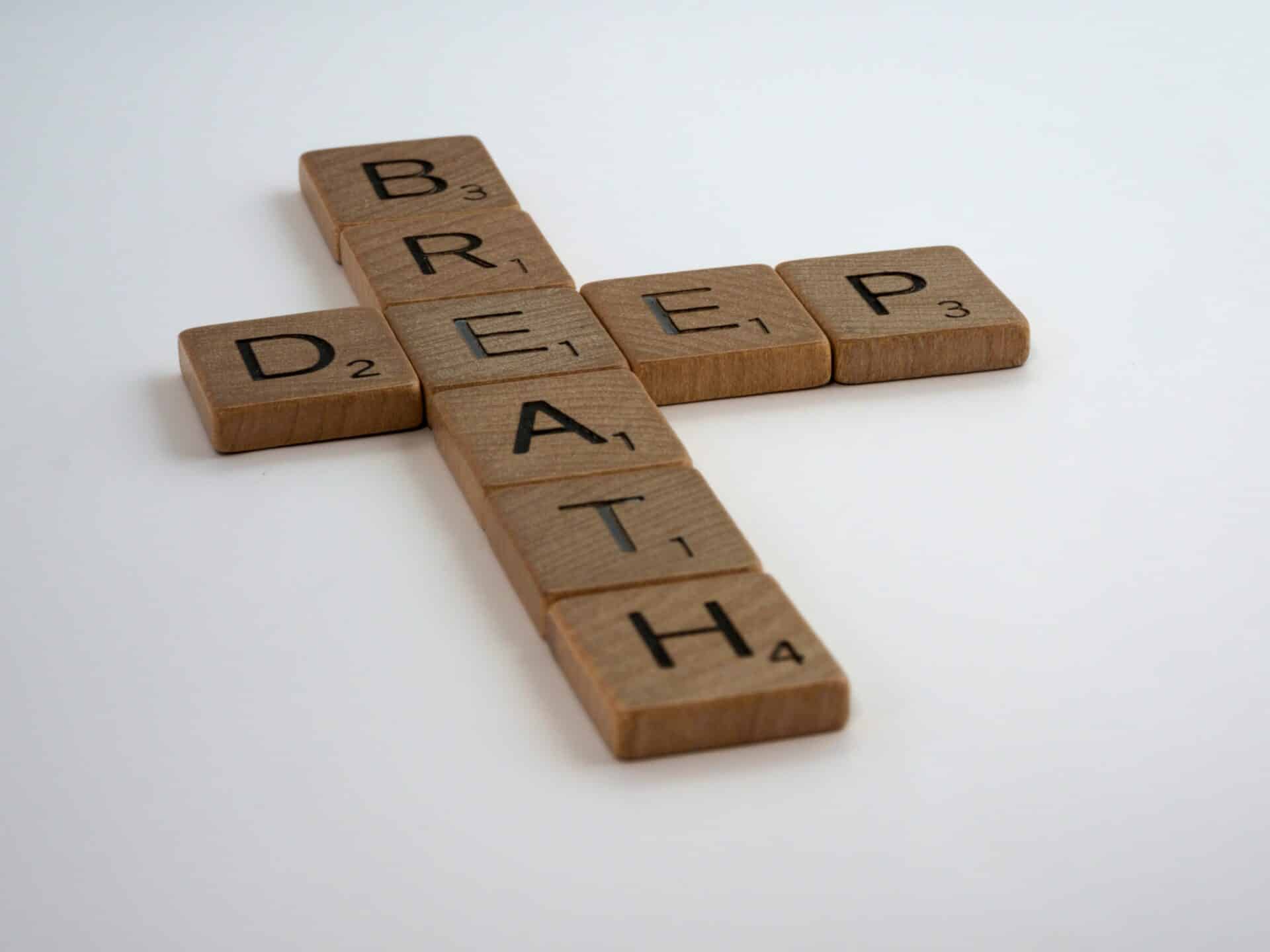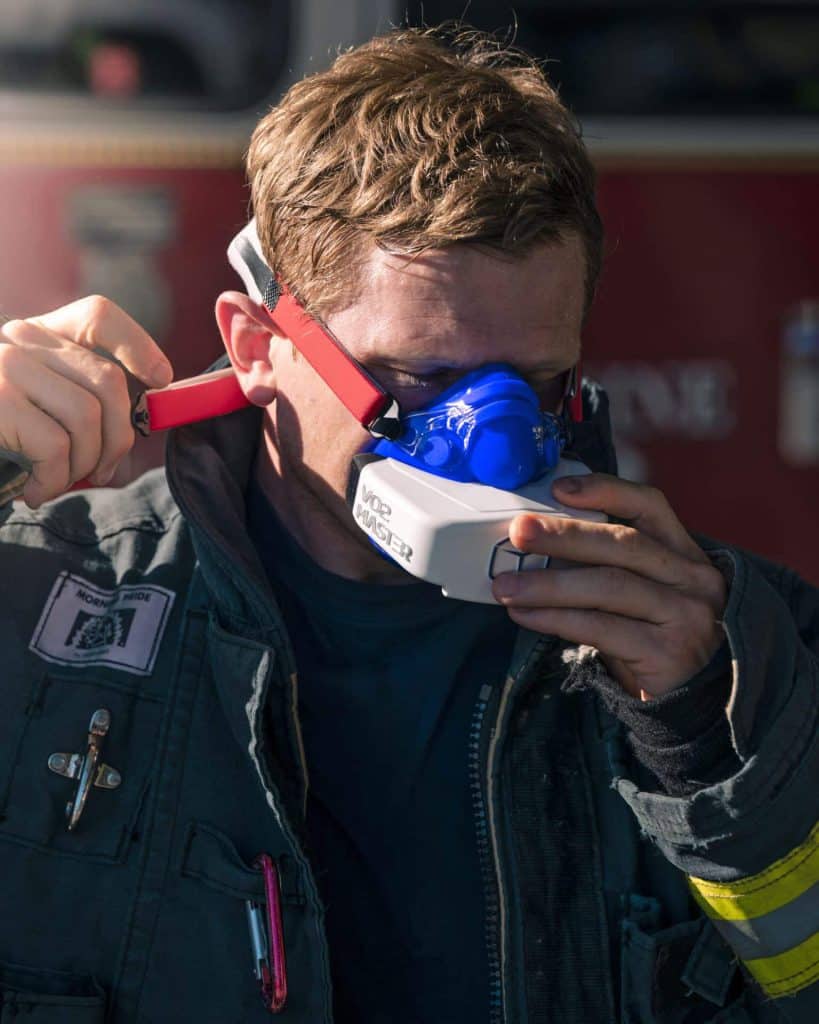Physiology of Maximal Oxygen Consumption
Maximal oxygen capacity (VO2max) describes the bodies’ ability to maximally uptake oxygen from the atmosphere, and utilize it in the skeletal muscle mitochondria during intense full-body exercise. VO2max is considered the gold-standard for measuring cardiopulmonary function.

Maximal Oxygen Consumption
Maximal oxygen capacity (VO2max) describes the bodies’ ability to maximally uptake oxygen from the atmosphere, and utilize it in the skeletal muscle mitochondria during intense full-body exercise. VO2max is considered the gold-standard for measuring cardiopulmonary function. Indeed, VO2max has been tied to both health and performance in groups of mixed training status individuals. Therefore measuring VO2max, and determining the rate-limiting step for oxygen diffusion throughout the body is greatly important to understanding interventions to improve this value.
Oxygen: From the environment to the cell
Oxygen acts as the last electron acceptor within the electron transport system (ETS). The ETS is housed within the mitochondria. In order for oxygen to do its job, it must make it from the environment to the mitochondria as quickly, abundantly, and efficiently as possible. Oxygen is first brought into the body through the lungs. With the contraction of the inspiratory muscles, the lungs are expanded, causing low pressure in the lungs allowing air to move into the lungs. Once air is in the lungs, it must diffuse through the tiny, thin membraned alveoli to get into the blood.
The amount of oxygen in the alveoli is very high compared to the amount of oxygen in the blood, therefore the oxygen is ‘pulled’ into the blood and bound to hemoglobin molecules located on erythrocytes (red blood cells). Red blood cells carry oxygen throughout the vascular system, until there is another place of low oxygen. During maximal exercise, very low pressure will be found at the working muscle. Oxygen then diffuses through the capillary walls, where it is bound to the oxygen carriers within the muscle, myoglobin. Myoglobin transports oxygen to the mitochondria where it can be used as the last electron acceptor within the ETS, allowing for ATP synthesis to occur.
What is limiting VO2max?
Over the years many scientists have searched for the greatest limiting factor for maximal oxygen consumption in humans. Any of the above mentioned steps in the oxygen transportation/delivery pathway could be limiting VO2max. To keep things straightforward, Bassett and Howley 2000 broke these potential limiters into four major categories:
1) Pulmonary Diffusion Capacity, the ability of the lung to uptake large volumes of air and exchange oxygen and carbon dioxide through the alveoli.
2) Cardiac Output, the ability of the heart to pump large volumes of oxygenated blood to the skeletal muscle.
3) Oxygen Carrying Capacity of the Blood, the sheer amount of oxygen that can be carried by the blood to the muscle (this is a subcategory of cardiac output).
4) Skeletal Muscle Oxygen Extraction, the muscle, or more specifically, the skeletal muscle mitochondria’s ability to uptake and utilize oxygen.
The first three categories are considered central limitations, and skeletal muscle oxygen extraction is considered a peripheral limitation. There have been a number of reviews (1, 2, 3) devoted to specific analysis of the countless data generated regarding which system is most limiting, there are even some very good discussions between highly regarded scientists on the topic. To summarize over 100 years of research, the majority of well-trained to elite individuals will be most limited by cardiac output or the hearts’ ability to pump maximal amounts of oxygenated blood to the skeletal muscle.
Summary
The rate at which your body can uptake and utilize oxygen (VO2max) is directly tied to health and performance. There are many steps to the maximal transport of oxygen from the environment to the skeletal muscle mitochondria, where it is ultimately used to help your body synthesize ATP. This allows for sustained exercise to occur. The step that is most limiting to VO2max is the hearts’ ability to pump oxygenated blood through the blood vessels to the muscle. While this statement is generally true for populations of trained individuals, this might not be true for all people. Therefore, identifying which step is rate limiting for an athlete is greatly important for the optimization for their health and performance. The first thing to do is test and measure VO2max.
The next few posts, will detail: 1) Successful testing of VO2max, 2) Interpreting a VO2max test, and 3) Integrating other technology into physiologic assessments to provide more informed decisions for optimizing training.
